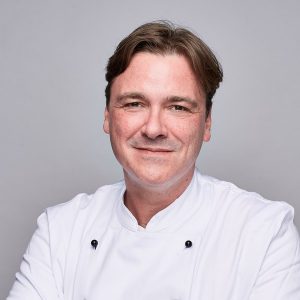Interview with shaman Angaangaq Angakkorsuaq from Greenland and why we should eat fish heads, fish skin and blueberries
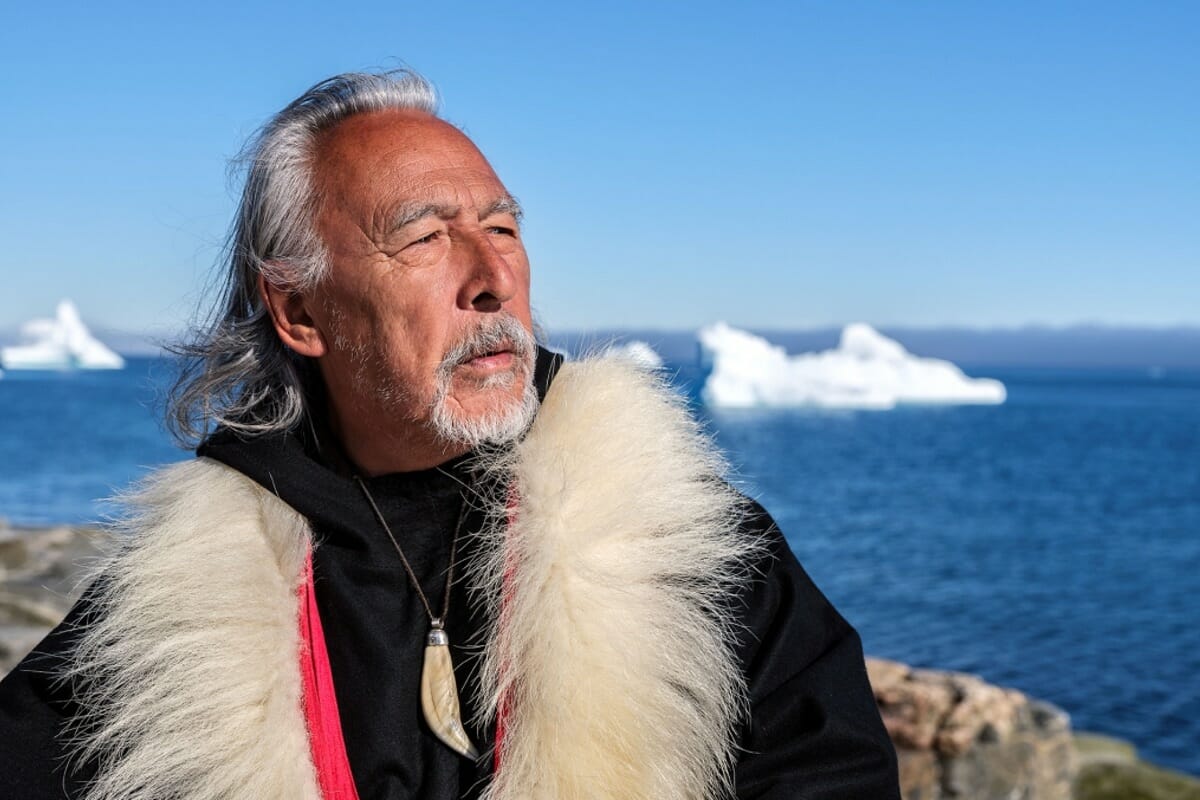
Author:
Thomas Sixt is a chef, food photographer, cookbook author and blogger.
Here he shares recipes, answers cooking questions and helps with cooking.
Angaangaq Angakkorsuaq is a shaman, elder and traditional healer from Kalaallit Nunaat, Greenland – a land where there has never been war.
Since his childhood he was prepared by his family, especially by his grandmother Aanakasaa, for the task as a shaman. The spiritual task given to him by his mother is to “melt the ice in people’s hearts”.
Angaangaq transcends boundaries between cultures and faiths, between young and old. His work has taken him to over seventy countries around the world. In circles, intensive seminars, and aalaartiviit (traditional sweat lodge ceremonies), he makes tangible and alive the oral healing traditions and wisdom of ancient indigenous teachings – teachings that have enabled people to survive in the most inhospitable place on earth. He is a keynote speaker at international conferences and symposia on climate change, the environment, spirituality, and indigenous peoples.
Since 2009 he has held the honorary title of “Angakkorsuaq” – “Great Shaman”.
I did the interview in August 2020 and I am very happy to share Angaangaq’s stories with you. Perhaps his perspective will help us and we will find a new and better understanding of our food and the cuisine associated with it.
Thomas Sixt:
Hello Angaangaq, have a great day and thank you for taking time for this interview. You are known as a shaman from Greenland, a traditional healer and book author. I have read your book, “Melt the Ice in Your Hearts: Call for a Spiritual Climate Change” and hold it here in my hand.”
Angaangaq Angakkorsuaq
Laughs, I didn’t read it myself because I don’t speak German well! He drinks from his cup.
Thomas Sixt:
Angaagaq are you drinking shaman tea?
Angaangaq Angakkorsuaq
No Thomas, this is Dallmayer coffee from Munich, which a dear workshop participant sent me and which I like very much.
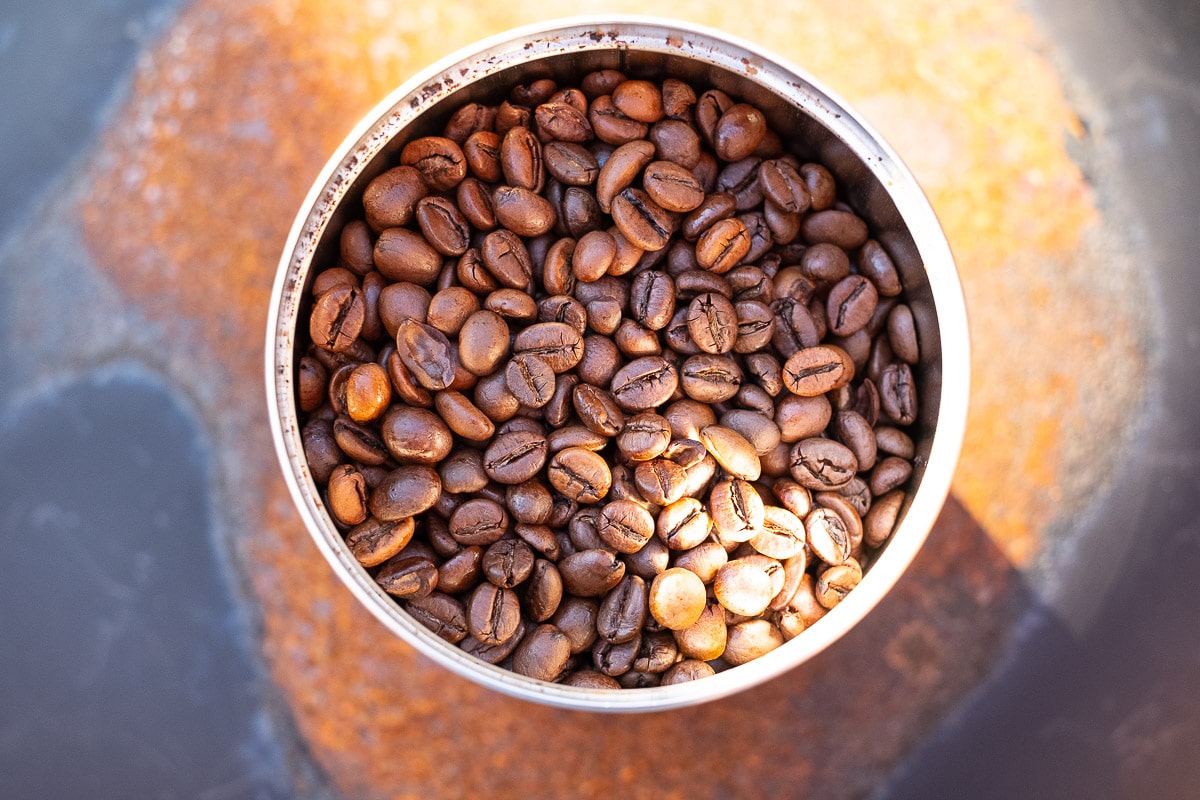
Thomas Sixt:
Okay, this is funny and very appropriate: we have arranged a special interview for today. It’s about one thing that shamans and spiritual healers rarely talk about: It’s about cooking and eating. I am a cook from Germany and I am interested in the attitude of the elders towards this topic. What can you tell us about what you see in the world and in the different cultures on this topic at the moment? I would like to pass the floor to you and I hope for interesting stories…
Angaangaq Angakkorsuaq
I will and I will tell you some stories. I hope you like the stories. I am really looking forward to meeting you, the pictures on your website make my mouth water.
I’ve seen lots of delicious cooking ideas from you, but let’s get to the story:
When I was growing up as a child, the food was very different from what I know and eat today.
There was no Aldi and we were several children in our family. We had to hunt and catch what the sea or the land gave us. We made a lot from seaweed, even our ancestors knew that these were the healthiest plants in the world. Also, most of the food in my childhood was raw food. We had to hunt seals or fish to feed ourselves, and we learned to smoke what we hunted. We used to carry the prepared animals to the sea for days to salt them, then the animals were hung up again to be smoked. This way you get short-smoked meat that can also be kept for a certain time.
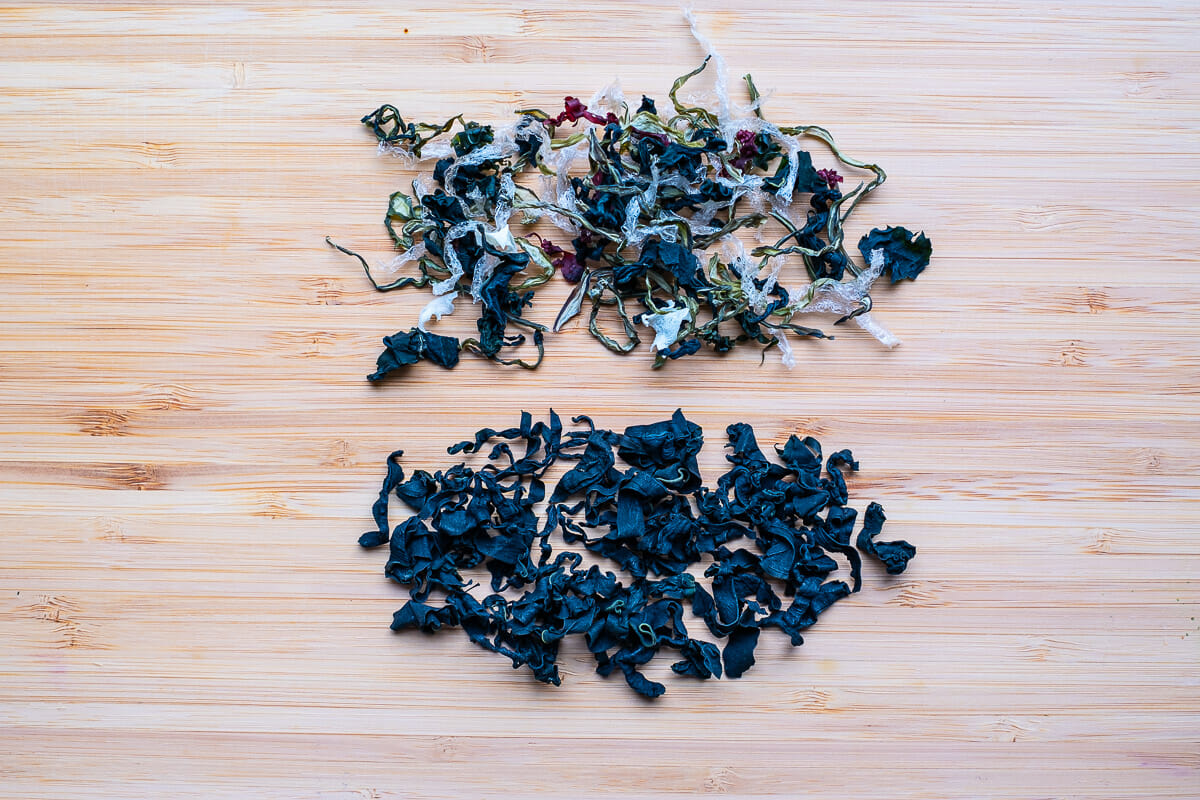
Thomas Sixt
You did that with the seals and with the fish, is that right?
Angaangaq Angakkorsuaq
Yes, of course. We were often hungry back then because there wasn’t that much to eat. The hunters couldn’t go out to sea and hunt in all weathers. Sometimes we had very, very little to eat for three months. I still remember that and I carry that feeling of hunger in my body.
In the end, there were 6 brothers and two sisters in my family. We had to eat quickly to get full. My parents still knew which plants we could eat. There was little cooked food, we also ate a lot of liver. I consider the liver of a healthy animal to be the healthiest food of all. People don’t believe that today. Raw, fresh liver was a delicacy for us.
The liver is in a state of shock after the death of the animal, at this moment the liver is particularly healthy. This meal has a great tradition in our country. We also ate raw and matured fish. This one had a special smell, the young people would not eat it anymore. You can go to the shop and buy things there.
The women gathered berries and other fruits and dried them behind the house, these were mainly blueberries, blackberries and cowberry. I didn’t like the dried berries, they tasted so much like sultanas. Later, the locals stopped doing that and bought imported stuff. Young people prefer to go to the shop and buy meat and fruit.

Thomas Sixt
What memories have remained?
Angaangaq Angakkorsuaq
My memories of food when I was growing up are very intense. The taste is like painted in my mind. We had meat from six kinds of whales and red fish from the deep sea. They were only available in winter. We also had flounder and the taste of these fish was intense. But I want to move on to another point: The preparation of the food was different.
Here’s a story about that: I was a guest in Japan. I wanted to eat fish. In the fish shop I wondered why the fishmongers threw away the skin and heads of the fish. I talked to a fishmonger and then bought the heads and skins from him. He learned from me to sell the skin and heads for a dollar. Here in Greenland, the fish was always prepared whole. The fish heads were boiled, the skin was eaten. Both contain many nutrients and are incredibly healthy. Today in Alaska, no one eats the skin of the flounder or any other fish. They all just want the fillet. But the head and skin of the fish are pure medicine. It is similar with the blueberries and the leaves. The leaves are also healthy. The young leaves taste delicious.
What do you think about this story Thomas?
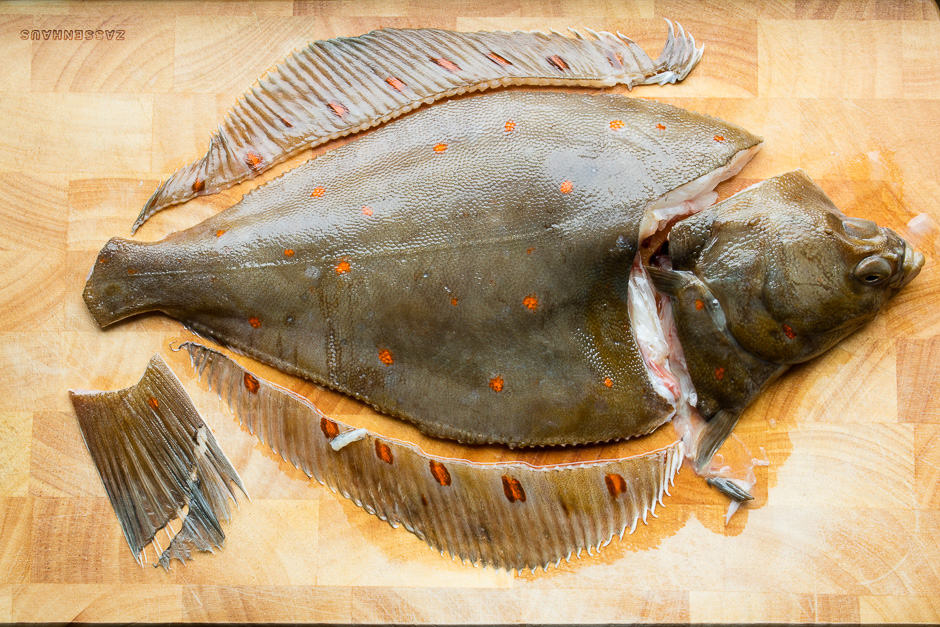
Thomas Sixt
I find these things very interesting, we learned a lot about traditional food in Greenland and about your experiences with food and food preparation in your past life and the western things that were and are incomprehensible to you. Thank you very much for that!
What do you think about fish and seafood as food nowadays? What would you tell people if they came to you and asked you what food is good?
Angaangaq Angakkorsuaq
For example, I tell them to cook the head of the fish and also the skin, because that’s where the most important minerals are. It’s healthy and the best thing about fish. When I can, I share my food, maybe people can try it. I usually cook the salmon with the head, add some spices, all the important substances are in this dish.
That is very interesting: In many places where fish is sold, the fish is baked in fat, but the valuable fish fat is no longer eaten. The fish fat is the best fat in the world. The most valuable part of the fish is now found in the bin. Next to it, people eat chocolate bars.
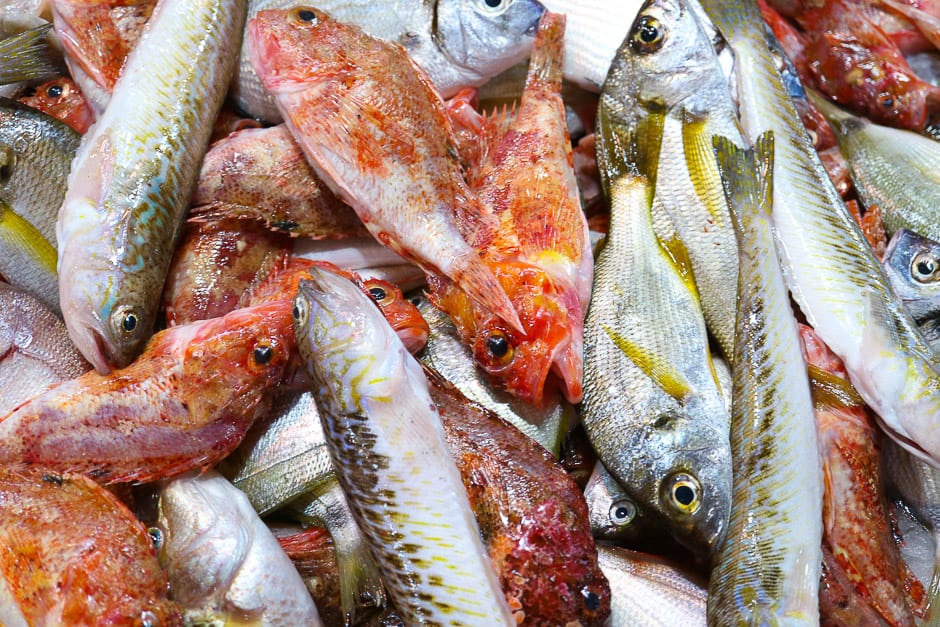
Thomas Sixt
The fish thing is really interesting, a few weeks ago I buried some fish in the garden to show the authentic preparation of graved salmon. To be honest, as a cook I only know marinating in the cold storage. So I came up with the idea of burying the fish in the garden. The fish turned out great, but to be honest, I didn’t eat the skin or the head. We should just cook.
Angaangaq Angakkorsuaq
Thomas, we will definitely do that. We’ll cook on an open fire!
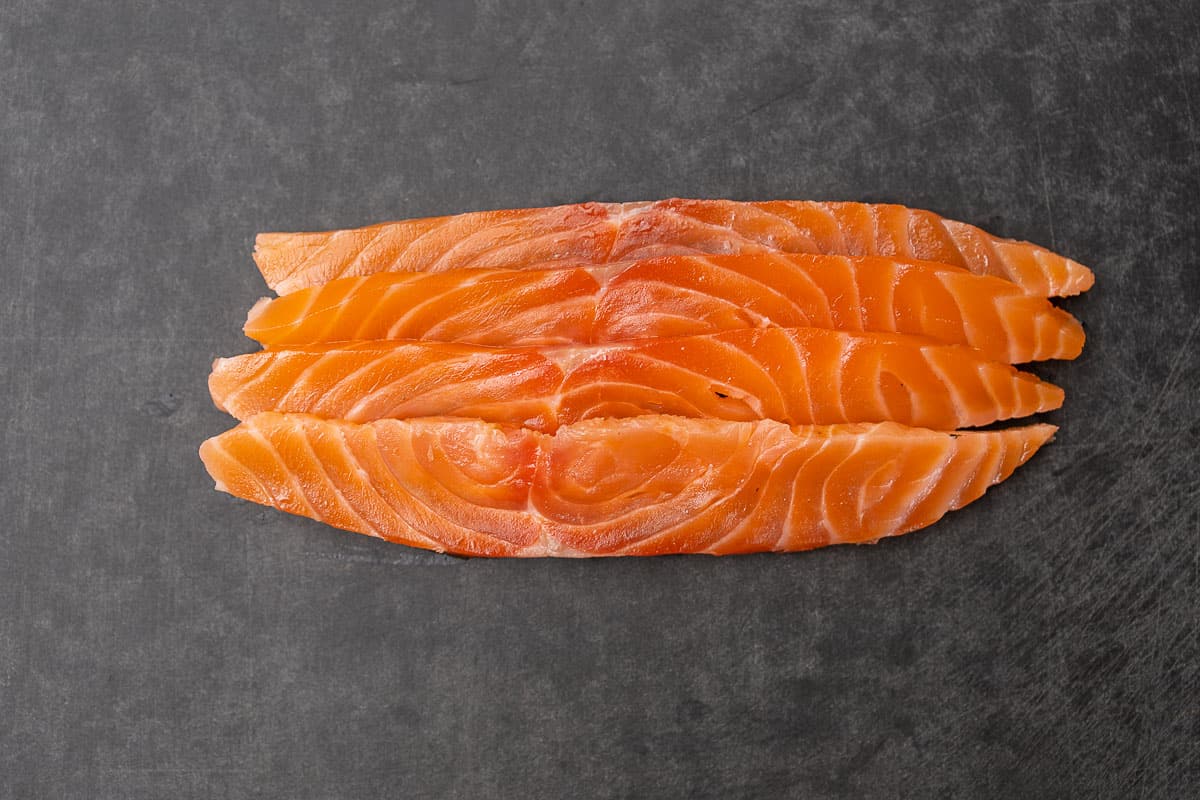
Thomas Sixt
We come to an interesting point, the way food is prepared. You told us about your childhood in Greenland and now you have arrived in this modern world. Now there is a microwave, an oven, an induction hob, a gas hob and an electric hob. Do you think cooking on an open wood fire is healthier?
Angaangaq Angakkorsuaq
When we were children in Greenland, we made fires with tufts of grass. Our father taught us when we were hunting. We gathered the grass under the snow and then pressed it together to make a pillow and cooked the fish on it. It was a small fire. It burns very finely, but it’s enough to cook the fish. Today, when I can, I cook with gas or on an open fire. I don’t have a microwave.

Thomas Sixt
Now we already have a second idea, apart from the boiled fish heads, what we can cook together Angaangaq, thank you!
Thomas Sixt
What food is good for the soul.
Angaangaq Angakkorsuaq
Food is good for the soul when a ceremony has taken place. When someone thanks the great spirit for the food. In the West it is called grace. The energy changes, it is good for the soul. It is good for the mind and it is good for the body. Remember that food should not only be good for the stomach, it should be a medicine for the whole body. A short ceremony before eating is really important.
I wrote a book and told the story of my little brother, who was born in 1968. In a hunter-gatherer family, it is important to encourage and teach children to hunt at a very young age. My brother caught his first fish at the age of 2 and it turned into a feast. All the tribe members were allowed to eat from the fish and it was a ceremony for the heart and soul. We shouted with joy and laughed. That’s what I mean by a ceremony, we celebrated life, hunting and success and let my brother live high.
That was the last time I experienced an ancient tradition where my brother was declared the provider for his people. It was the most amazing and beautiful ceremony I have ever experienced. I watched my mother and father during the ceremony and reminded everyone to come and taste the first fish.
Thomas Sixt
I remember this story, it’s in your book and it’s wonderful!
Angaangaq Angakkorsuaq
Yes, that’s right, the story is in the book, it’s a wonderful story. It describes this ceremony of saying thank you. That is something that our modern societies have partly lost. To say thank you is to pay homage to the beauty of life. We say thank you to everything when we do it over a meal: The great spirit and the person who cooked for us. In this way, food becomes medicine. We need to become aware of this connection again, as a way of giving thanks. Then we will all feel better.
I remember a visit to Italy, I hadn’t said thank you and I ate two portions of ice cream. Afterwards I felt bad. Another time I said thank you and the two portions of ice cream were like medicine at that moment. That’s not a suggestion for you to eat two portions of ice cream, Thomas, one makes you happy too!
Thomas Sixt
Right, Angaangaq – how do you see the trend towards vegetarian cuisine?
Angaangaq Angakkorsuaq
To be quite careful: I have met many people who are vegetarian and vegan. I welcome that. I travel a lot. We have the same problem with food everywhere. Farmed animals are given a lot of medicine and vegetables are also treated with chemicals. Vegetables are good when they are natural.
We are becoming more and more human and we need alternatives. If a big fishing boat comes and fishes the whole school of fish out of the sea, then we have a problem. Animal food has to be special, eating it a special ceremony for selected days.
I prefer shrimps and mussels, but here we have the same problem. The oceans are polluted and especially where marine plants are grown, the pollution is very high. We have to learn to be more careful with nature. The same applies to the transport routes, fresh vegetables are brought to Greenland by ship, the vegetables are then a few days old. In the past there were no vegetables in Greenland. We have to find other ways. The way people treat the animals is not good, but now the way of dealing with them is slowly developing for the better and people are becoming more sensitive.
I have been eating blueberries or bilberries every day for over 50 years. I can’t imagine a day without blueberries. I learned this from my mother and grandmother, the berries are a medicine in our traditional culture. That’s why I eat these berries every day. If I don’t get any, then I am missing something. Maybe I can bring this paragraph to a positive end with that.
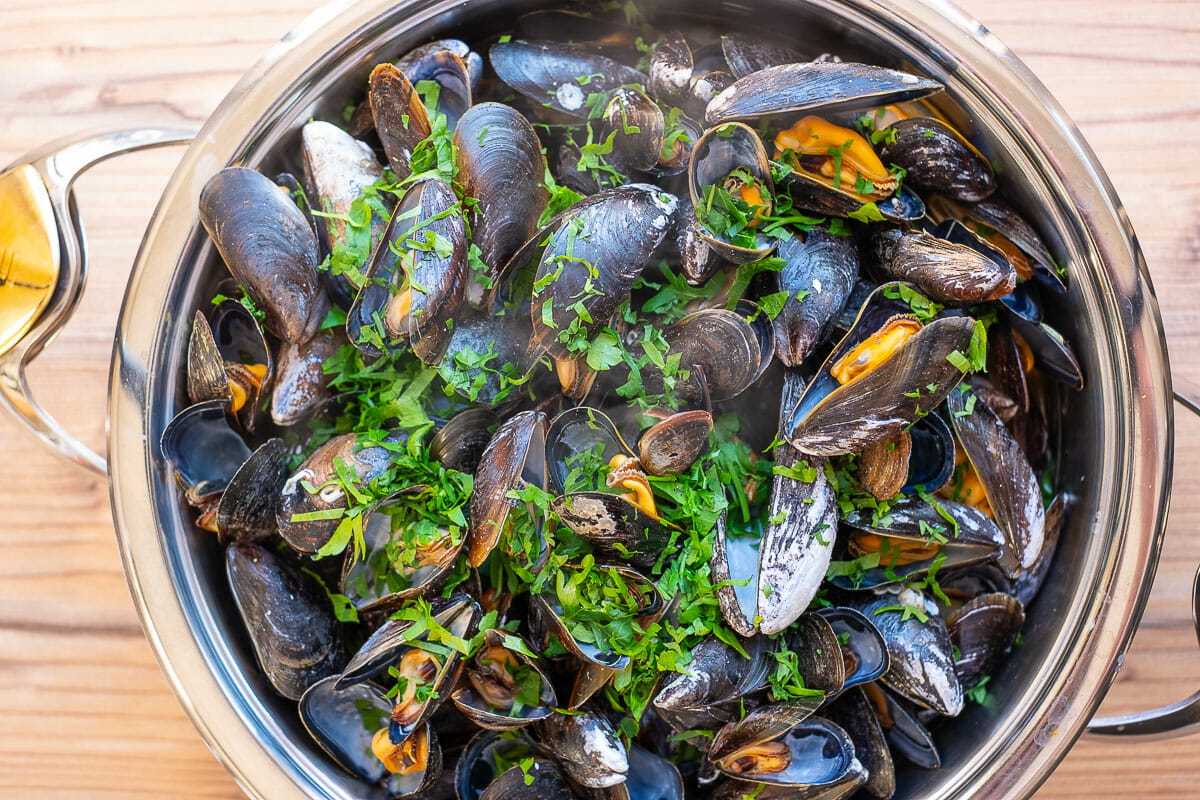
Thomas Sixt
Angaangaq, thank you very much for the interview and the stories you shared with us.
Angaangaq Angakkorsuaq
It was a pleasure to meet you Thomas, please give my regards to your family.
Thomas Sixt
Danke Angaangaq
Weiterführendes
Website of Angaangaq with information on seminars and online events
Books and audio books on Amazon
Copyright notice cover picture: sven-nieder.de
